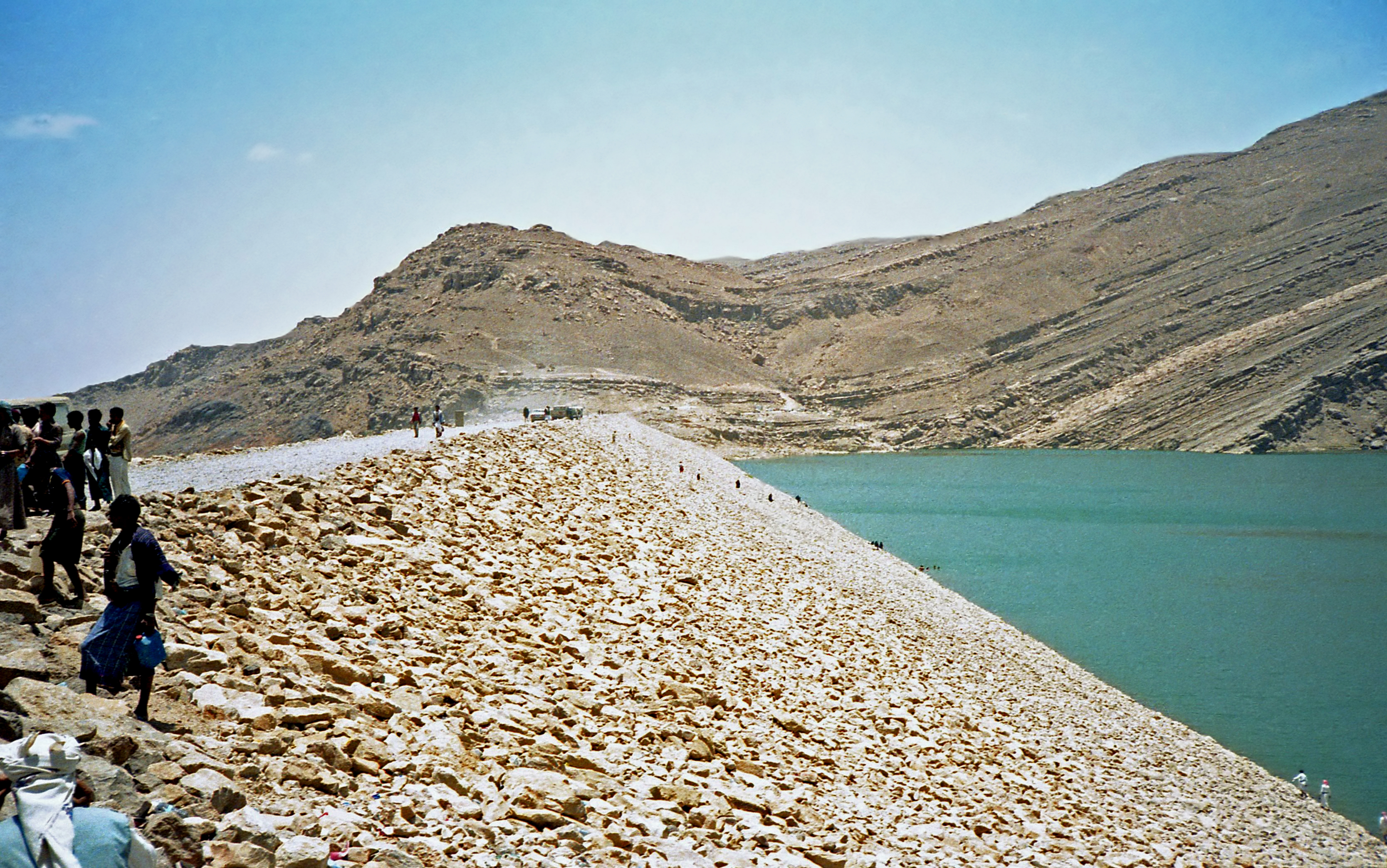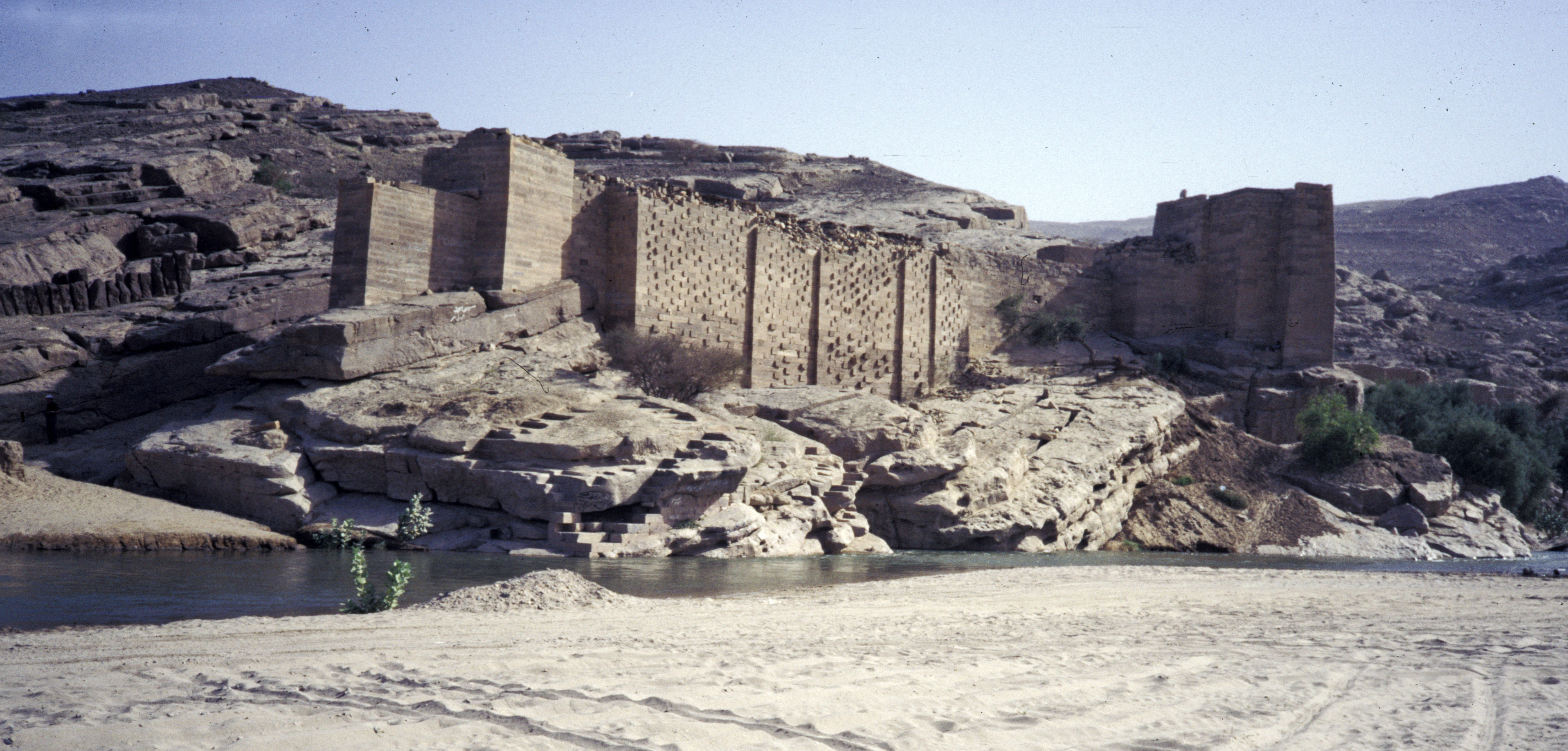|
Landmarks Of The Ancient Kingdom Of Saba, Marib
The Landmarks of the Ancient Kingdom of Saba, Marib () is a serial property consisted of seven archeological sites in Marib Governorate, eastern Yemen. On 25 January 2023, the landmarks have been added by the UNESCO to its World Heritage Site List as they bear witness to the ancient Kingdom of Saba in Ancient South Arabian, ancient South Arabia. They were also placed on the List of World Heritage in Danger due to the threats posed by the Yemeni Civil War (2014–present), Yemeni Civil War. World Heritage listing See also * List of World Heritage Sites in Yemen * Ancient history of Yemen References {{World Heritage Sites in Yemen Landmarks of the Ancient Kingdom of Saba (Marib), * World Heritage Sites in Yemen World Heritage Sites in Danger Archaeological sites in Yemen ... [...More Info...] [...Related Items...] OR: [Wikipedia] [Google] [Baidu] |
Marib Governorate
Marib () is a governorate of Yemen. It is located 173 kilometers to the northeast of Yemen's capital, Sana'a. The population of Marib Governorate comprises 1.2% of the country's total population. The city of Marib is the capital of the governorate, and was established after the discovery of oil deposits in 1984. The total number of residents living in the governorate was 238,522, according to the 2004 census, and the rate of growth was 2.72%. As of 28 April 2020, it is the only governorate of the former North Yemen controlled by the internationally recognized Government of Yemen. Geography Marib Governorate's area is approximately . Climate The governorate's climate varies based on elevation. The mountainous and elevated regions, which make up the western half of the governorate, are dominated by a moderate climate with hot summers and relatively cold winters. In the low-lying and plain regions, the climate is hot in the summers and moderate in the winters. The desert regions ... [...More Info...] [...Related Items...] OR: [Wikipedia] [Google] [Baidu] |
Awwam Temple
The Temple of Awwam (, ), commonly known as Mahram Bilqis () by locals, was the main Sabaean temple dedicated to their national god, Almaqah (frequently called "Lord of ʾAwwām"), and it is also the largest known temple complex in South Arabia, located near Marib in what is now Yemen. The temple is situated southeast of ancient Marib, and was built in the outskirts of the city. Although usually major Sabaean sanctuaries are located outside urban centers, its placement was probably for reasons of religious privacy, and to facilitate the conduct of rituals by arriving pilgrims from remote areas of Sabaean territories. Nearly a thousand inscriptions have been discovered from the Temple, comprising the single most important collection of Ancient South Arabian inscriptions that provide the foundation for reconstructing an outline of the political history of Yemen in its first three centuries of the Christian era. The temple was in operation from the beginning of the 1st millennium ... [...More Info...] [...Related Items...] OR: [Wikipedia] [Google] [Baidu] |
World Heritage Sites In Yemen
The UNESCO, United Nations Educational, Scientific and Cultural Organization (UNESCO) designates World Heritage Sites of outstanding universal value to cultural heritage, cultural or natural heritage which have been nominated by countries which are signatories to the UNESCO World Heritage Convention, established in 1972. Cultural heritage consists of monuments (such as architectural works, monumental sculptures, or inscriptions), groups of buildings, and sites (including archaeological sites). Natural features (consisting of physical and biological formations), geological and physiographical formations (including habitats of threatened species of animals and plants), and natural sites which are important from the point of view of science, conservation or natural beauty, are defined as natural heritage. Yemen ratified the convention on 7 October 1980. , Yemen has five sites on the list. The first site, the Shibam, Old Walled City of Shibam, was designated in 1982. The most recen ... [...More Info...] [...Related Items...] OR: [Wikipedia] [Google] [Baidu] |
Landmarks Of The Ancient Kingdom Of Saba (Marib)
The Landmarks of the Ancient Kingdom of Saba, Marib () is a serial property consisted of seven archeological sites in Marib Governorate, eastern Yemen. On 25 January 2023, the landmarks have been added by the UNESCO to its World Heritage Site List as they bear witness to the ancient Kingdom of Saba in ancient South Arabia. They were also placed on the List of World Heritage in Danger due to the threats posed by the Yemeni Civil War. World Heritage listing See also * List of World Heritage Sites in Yemen * Ancient history of Yemen The ancient history of Yemen or South Arabia is especially important because it is one of the oldest centers of civilization in the Near East. Its relatively fertile land and adequate rainfall in a moister climate helped sustain a stable pop ... References {{World Heritage Sites in Yemen * World Heritage Sites in Yemen World Heritage Sites in Danger Archaeological sites in Yemen ... [...More Info...] [...Related Items...] OR: [Wikipedia] [Google] [Baidu] |
Ancient History Of Yemen
The ancient history of Yemen or South Arabia is especially important because it is one of the oldest centers of civilization in the Near East. Its relatively fertile land and adequate rainfall in a moister climate helped sustain a stable population, a feature recognized by the ancient Greek geographer Ptolemy, who described Yemen as ''Eudaimon Arabia'' (better known in its Latin translation, ''Arabia Felix'') meaning ''Fortunate Arabia'' or ''Happy Arabia''. Between the eighth century BCE and the sixth century CE, it was dominated by six main states which rivaled each other, or were allied with each other and controlled the lucrative spice trade: Sabaeans, Saba', Minaeans, Ma'īn, Qataban, Qatabān, Hadhramaut, Kingdom of Awsan, and the Himyarite Kingdom. Islam arrived in 630 CE and Yemen became part of the Muslim realm. The centers of the Old South Arabian kingdoms of present-day Yemen lay around the desert area called Ramlat al-Sab'atayn, known to medieval Arab geographers ... [...More Info...] [...Related Items...] OR: [Wikipedia] [Google] [Baidu] |
List Of World Heritage Sites In Yemen
The UNESCO, United Nations Educational, Scientific and Cultural Organization (UNESCO) designates World Heritage Sites of outstanding universal value to cultural heritage, cultural or natural heritage which have been nominated by countries which are signatories to the UNESCO World Heritage Convention, established in 1972. Cultural heritage consists of monuments (such as architectural works, monumental sculptures, or inscriptions), groups of buildings, and sites (including archaeological sites). Natural features (consisting of physical and biological formations), geological and physiographical formations (including habitats of threatened species of animals and plants), and natural sites which are important from the point of view of science, conservation or natural beauty, are defined as natural heritage. Yemen ratified the convention on 7 October 1980. , Yemen has five sites on the list. The first site, the Shibam, Old Walled City of Shibam, was designated in 1982. The most recen ... [...More Info...] [...Related Items...] OR: [Wikipedia] [Google] [Baidu] |
Jemen Sirwah 04
Yemen, officially the Republic of Yemen, is a country in West Asia. Located in southern Arabia, it borders Saudi Arabia to the north, Oman to the northeast, the south-eastern part of the Arabian Sea to the east, the Gulf of Aden to the south, and the Red Sea to the west, sharing maritime borders with Djibouti, Eritrea, and Somalia across the Horn of Africa. Covering roughly 455,503 square kilometres (175,871 square miles), with a coastline of approximately , Yemen is the second largest country on the Arabian Peninsula. Sanaa is its constitutional capital and largest city. Yemen's estimated population is 34.7 million, mostly Arab Muslims. It is a member of the Arab League, the United Nations, the Non-Aligned Movement and the Organisation of Islamic Cooperation. Owing to its geographic location, Yemen has been at the crossroads of many civilisations for over 7,000 years. In 1200 BCE, the Sabaeans formed a thriving commercial kingdom that colonized parts of modern Ethiopia and ... [...More Info...] [...Related Items...] OR: [Wikipedia] [Google] [Baidu] |
Sirwah
Sirwah ( OSA: Ṣrwḥ, ''Ṣirwāḥ Ḫawlān'') was, after Ma'rib, the most important economical and political center of the Kingdom of Saba at the beginning of the 1st century BC, on the Arabian Peninsula. Ṣirwāḥ was surrounded by a fortified wall. The city layout inside the oasis included a number of large buildings. It’s also a part of Khawlan. The ruins of Ṣirwāḥ are located 40 km west of Ma'rib. The town was well protected by its position in the mountains, but at the same time put limits on its development. As a result, Ṣirwāḥ quickly lost its position as a capital, which was taken over by Ma’rib, which was in an important economical center since it was located on the incense route. The town nevertheless remained an important centre for the Sabaeans, as shown by the large number of temple buildings. It was also the site chosen by King Yada'il Dharih I to build an important temple to Almaqah about the year 700 BC. In 2023, along with other la ... [...More Info...] [...Related Items...] OR: [Wikipedia] [Google] [Baidu] |
Barran Temple (cropped)
The Barran Temple () is a Sabaean temple near Marib, Yemen; also known as the "Throne of Bilqis", it dates back to the 10th century BCE and was dedicated to the god al-Maqah. In 2023, along with other landmarks of the ancient Kingdom of Saba, the temple was added to the UNESCO World Heritage List. Background The temple is located to the west of the Temple of Awwam, also dedicated to the god Almaqah. The main features of the structure are the six columns and the sacred well in the middle of the courtyard. Until the 1988 excavations only five columns were known to exist, when remains of another were discovered. The temple is considered to be the largest pre-Islamic temple in Yemen. It was partly excavated by Wendell Phillips Wendell Phillips (November 29, 1811 – February 2, 1884) was an American abolitionist, labor reformer, temperance activist, advocate for Native Americans, orator, and attorney. According to George Lewis Ruffin, a black attorney, Phillip . ... [...More Info...] [...Related Items...] OR: [Wikipedia] [Google] [Baidu] |







